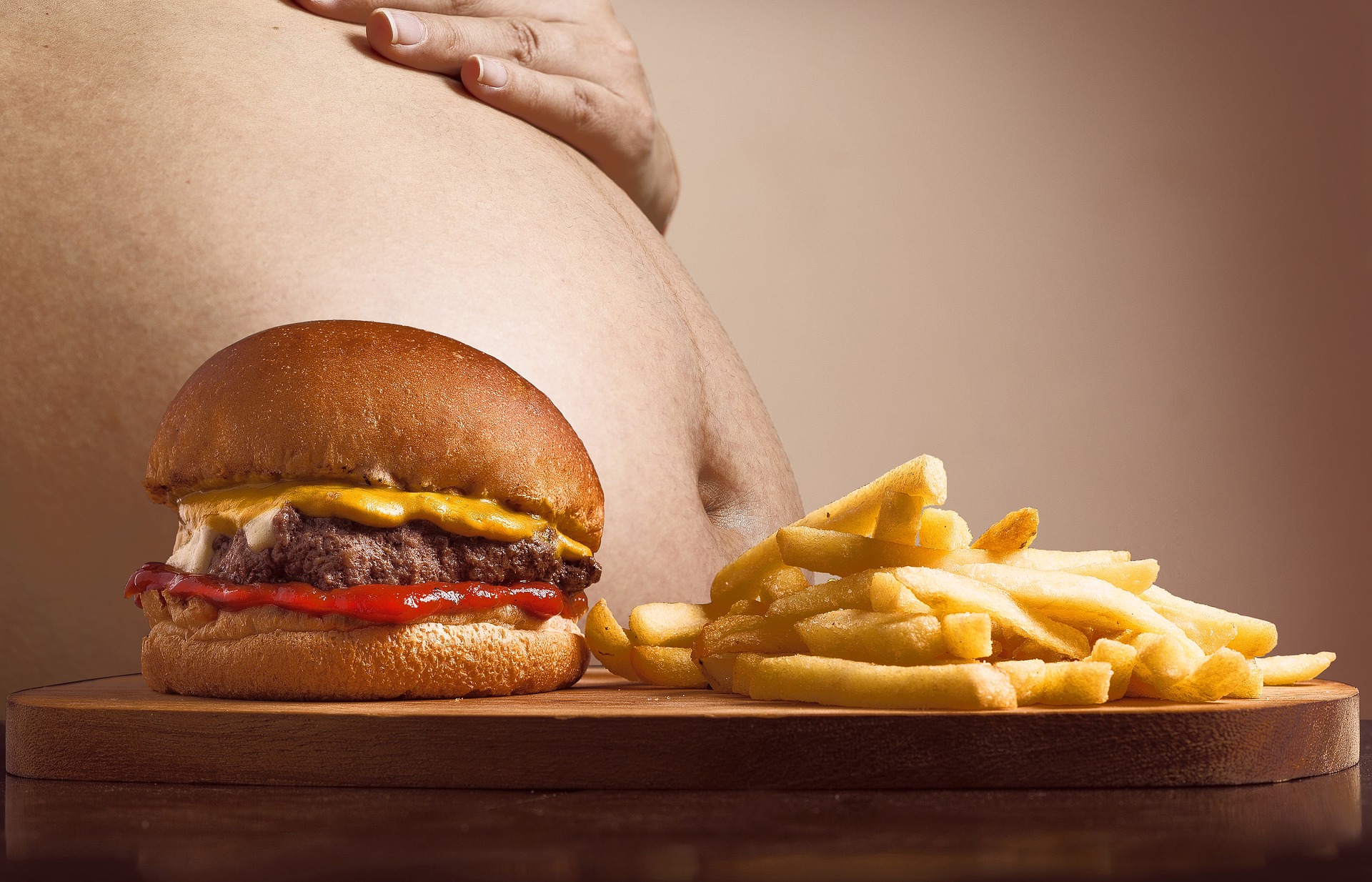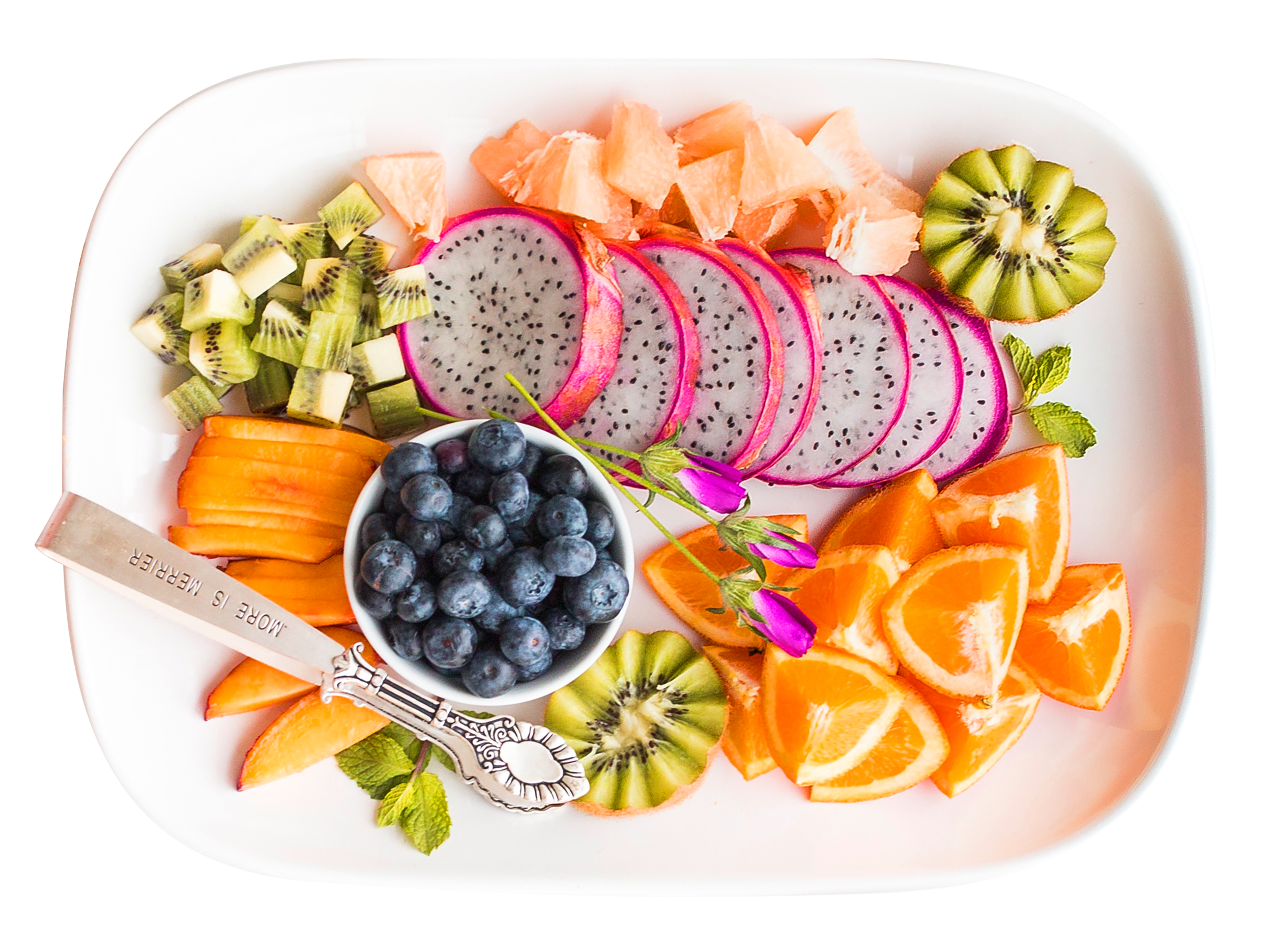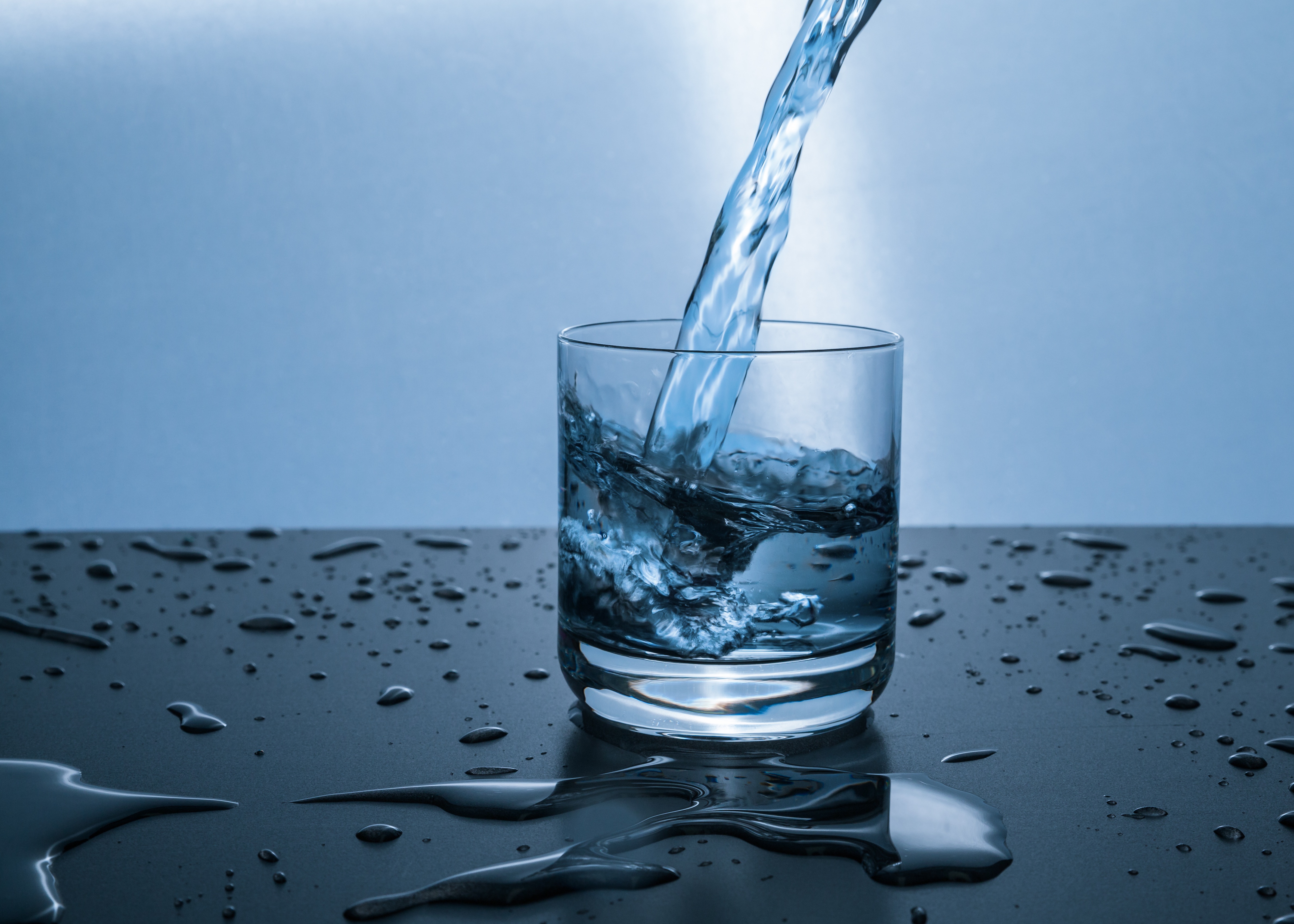
The following post was provided by Lexington -based Emergency Physician, Ryan Stanton MD, FACEP. Dr. Stanton is the host and creator of syndicated TV show “Stanton MD” and owner of multimedia company Everyday Medicine, LLC.
Welcome to 2018. A new year always means new resolutions. Many of us will commit to high-flying goals that will likely come crashing back to earth by the end of January. The challenge that many face is setting goals that are unrealistic or planning to follow through on activities they don’t actually enjoy.
So, let’s talk about the things you can do to set goals that are attainable and will last throughout 2018.
1) Set Realistic Targets

Let’s face it, if you have never exercised in your life, getting cut like Brad Pitt in Fight Club by the end of the year is not going to happen. The key to setting a goal is to set an achievable target. Once you reach that target, you can move the goal forward. If a goal appears unachievable, we are much more prone to throw in the towel, but if the goal is visible on the horizon, it can serve as motivation to continue toward the target.
A great example is the ever popular, “couch to 5K”. You notice it’s not, “couch to Ironman Triathlon”. Running for distance takes time, so setting the initial goal of completing a 5K is a great goal. Crossing that finish line for the first event can be exhilarating and spark the fire for the next challenge, whether that is improving your time or adding more distance. Set a resolution goal that is realistic and achievable.
Bonus tip: Break up bigger goals into smaller achievements. Your long-term goal may be a triathlon, but taking off “smaller bites” will keep you motivated and allow you to celebrate those smaller achievements along the way.
2) Fitness, Not Scale
So many people use the scale as the indicator of fitness, but this is a false idol that can actually promote worse outcomes. Fitness is not weight. Fitness is simply defined as “the act of being fit and healthy”. The problem is that many will turn to the scale as the tool to quantify weight as
the symbol for fitness, but this is simply not the case.
From a health and medical standpoint, fitness is about the proportion of fat to muscle. Lean body mass helps you feel better, be stronger and burn more energy. When we only use the scale, many will starve and dehydrate themselves, watching the pounds drop initially, but will result in more weight gain in the future as the metabolism and lean muscle mass drop.
When we only use the traditional “diet” as the solution, we will lose some fat initially, but will also lose muscle as the body burns that as well to produce the fuel necessary to function. Muscle is responsible for burning much of the energy, and as we lose it, our metabolism drops as well. Thus, when your diet slips back to the baseline, it is actually a net gain.

Also, muscle weighs more than fat comparatively. Muscle is more dense than adipose tissue (body fat). Thus, a good fitness program will add muscle and potentially weight, but will increase fitness and will decrease your size overall. A better target than tracking weight is increasing lean body mass or decreasing percent body fat. These targets compare the muscle to fat rather than your relationship with the gravitational pull of the Earth. With a healthy diet and exercise (cardio and weight training) you will promote health and fitness, which are much more likely to manifest as long term results.
Bonus tip: A mixture of exercises is key to this goal. Unfortunately, many only go after cardio plans. It is important to combine cardiovascular fitness exercises AND weight training to build up that lean muscle mass. You don’t have to “max out” the bench-press every day, but balance is very important.
3) A Healthy Diet

Americans fall for fad diets all the time. Whether it’s Adkins, Paleo, or whatever the flavor of the hour happens to be, the problem is that our bodies are about balance and many of these diets are far from balance. The biggest challenge to Americans is portion and food quality.
Our country has the highest daily caloric intake average in the entire world, and it is still growing. The average fast food meal is 4 times larger now that it was in the 1950’s. This is exacerbated by the fact that most Americans are less physically active than ever.
As mentioned above, our crash diet trend in the US leads to temporary losses on the scale, but also means losses in muscle and typically a worse outcome than at the outset of the diet. If you want a resolution to last, focus on portion size and quality. American food for the most part is terrible. We fry everything and assume bigger is better, and our bodies show it. Smaller portions of higher quality foods can promote better health and fitness.

Stick with simple moves like cutting down on carbs, dropping fried foods, and curbing that sweet tooth (sugar… real and artificial). Promote vegetables and lean proteins at every meal. Go organic as much as possible, especially in children who are sensitive to the chemicals used in food growth and preparation. Eat more frequent, smaller meals. Diets aren’t about starvation, they are about quality and portion size. Find higher quality foods that you enjoy. Don’t torture yourself.
Bonus tip: If you want to cater to that sweet tooth, go for dark chocolate. The darker, the better. Dark chocolate actually provides several health benefits in moderation. Milk chocolate (the most popular version), is basically just a delivery mechanism for sugar.
4) Drink Water
This is actually one of the most important things you can do for yourself. One of the best things for our body happens to cover much of the surface of our planet. The majority of our body is water and plays a key role in health and fitness.

H2O as your primary beverage source serves several purposes. Proper hydration helps us feel better and keeps us healthier. It also is a much better alternative to the other beverages we often enjoy, such as soft drinks. Most soft drinks are nothing but slightly diluted sugar reservoirs. Not only are these simple sugars adding empty calories, but they also have negative impacts throughout the body.
There is no simple formula for how much water your body needs on a daily basis. It all depends on your individual needs and activities. Also, medications and medical problems can make a huge difference in daily needs. The simple solution is drink to your thirst, plan for extra during exertion, and check with your doctor to see if there are any restrictions you may have. Have a source of water handy and use it as your primary fluid source throughout the day.
Bonus tip: DON’T reuse plastic water bottles or let them heat up. Plastic bottles are designed for single use and recurrent usage and heating will produce chemical leakage into the water/beverage. If you are going to use plastic, use it once and then recycle it. A better option is a stainless steel or glass bottle. These are reusable and much safer for you. If you must have plastic, make sure it is BPA free. Unfortunately, the newer “safer” plastic may only be that way because we don’t know the impact of their chemicals. Glass and metal are better.
5) Don’t Be a Sweet Victim
We mentioned curbing the sweet tooth earlier and many of you probably thought you were ahead of the game by using artificial sweeteners and “diet” versions of food and drink. Unfortunately artificial sweeteners are a shell game that make you think you are healthier, but are actually doing more harm.
Artificial sweeteners have fewer calories, but their impact on the body can actually be worse. They fool the body into thinking it is getting sugar, which promotes storage and weight gain. The body sees all of these imposters coming in and works diligently to store up the rest of the food for later use as fat.

Not only do these fake sugars promote weight gain, they also increase metabolic syndrome, Type 2 Diabetes and cardiovascular disease. They also increase your food cravings and appetite. Americans eat MORE because of diet sodas and artificial sweeteners. There are some that have less impact than others, but even some of the newer “natural” sweeteners produce similar results.
The key here is moderation. Cut the sweets overall and if you need a little, good old-fashioned unrefined sugar or honey, small amounts are OK. If you want a non-sugar alternative, go for sources such as stevia, monk fruit, or xylitol. Another good source is natural sweetening with fruit. There are drawbacks to all of them, but you should definitely trash anything in a pink, yellow, or blue packet. After that, concentrate on moderation and limiting the intake of sweeteners… natural or artificial.
Bonus tip: Aspartame is a common ingredient in artificial sweeteners. It has been linked to cancer in 3 different animal studies. The risk is very small and not likely in the amounts consumed by humans, but it is best to avoid any sweetener that is made in a lab. Stick with nature.

In 2018, let’s all focus on wellness, health, and fitness. Our society tends to skew our image and goals, often resulting in more harm than good. One thing that is not mentioned above is the importance of positive support. Humans strive on relationships and your relationships will often drive the success or failure of your goals. It is very important to have people around you that support your vision and direction. It is even better to have people that participate with you.
All of these realistic resolutions come down to lifestyle changes. Many resolutions are unrealistic, temporary fixes. Long term success is only achieved through long-term lifestyle changes and the support/participation of those around you that can keep your goals moving forward. When we wrap 2018, you want to be able to say that you are better now than at the beginning of the year… and plan to be even better tomorrow.
